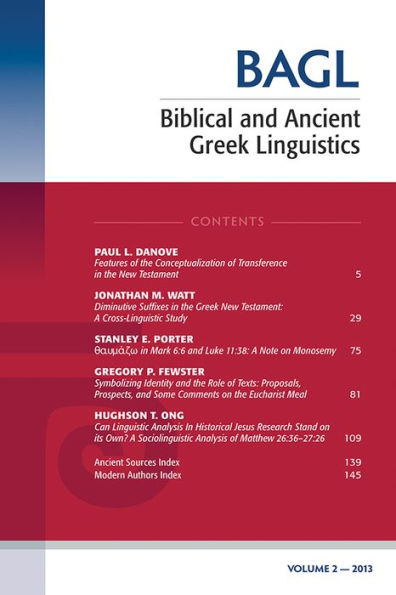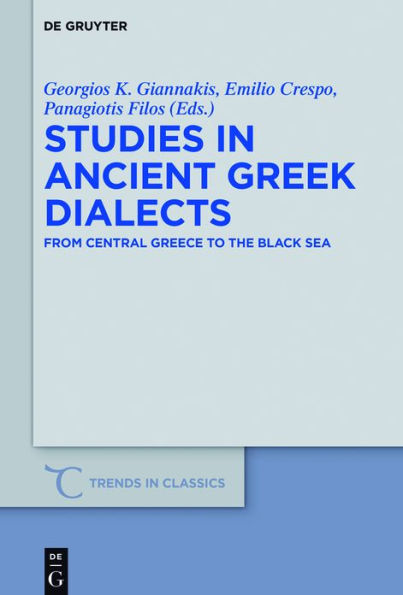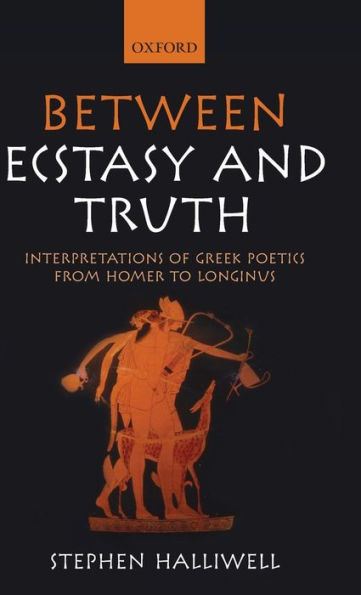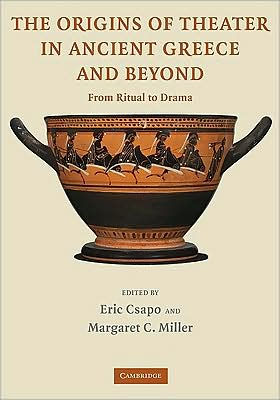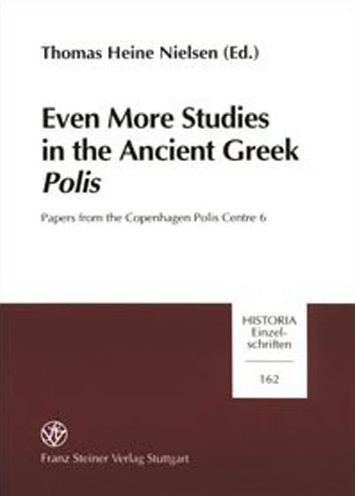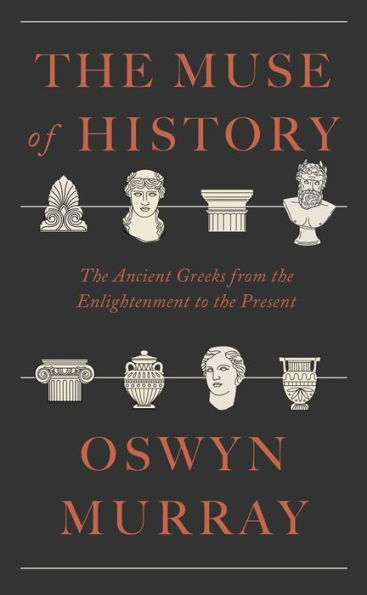Home
Greek Writing from Knossos to Homer: A Linguistic Interpretation of the Origin of the Greek Alphabet and the Continuity of Ancient Greek Literacy
Barnes and Noble
Greek Writing from Knossos to Homer: A Linguistic Interpretation of the Origin of the Greek Alphabet and the Continuity of Ancient Greek Literacy
Current price: $235.00


Barnes and Noble
Greek Writing from Knossos to Homer: A Linguistic Interpretation of the Origin of the Greek Alphabet and the Continuity of Ancient Greek Literacy
Current price: $235.00
Size: OS
Loading Inventory...
*Product information may vary - to confirm product availability, pricing, shipping and return information please contact Barnes and Noble
Greek Writing from Knossos to Homer
examines the origin of the Greek alphabet. Departing from previous accounts, Roger Woodard places the advent of the alphabet within an unbroken continuum of Greek literacy beginning in the Mycenean era. He argues that the creators of the Greek alphabet, who adapted the Phoenician consonantal script, were scribes accustomed to writing Greek with the syllabic script of Cyprus. Certain characteristic features of the Cypriot scriptfor example, its strategy for representing consonant sequences and elements of Cypriot Greek phonologywere transferred to the new alphabetic script. Proposing a Cypriot origin of the alphabet at the hands of previously literate adapters brings clarity to various problems of the alphabet, such as the Greek use of the Phoenician sibilant letters. The alphabet, rejected by the post- Bronze Age "Mycenaean" culture of Cyprus, was exported west to the Aegean, where it gained a foothold among a then illiterate Greek people emerging from the Dark Age.
examines the origin of the Greek alphabet. Departing from previous accounts, Roger Woodard places the advent of the alphabet within an unbroken continuum of Greek literacy beginning in the Mycenean era. He argues that the creators of the Greek alphabet, who adapted the Phoenician consonantal script, were scribes accustomed to writing Greek with the syllabic script of Cyprus. Certain characteristic features of the Cypriot scriptfor example, its strategy for representing consonant sequences and elements of Cypriot Greek phonologywere transferred to the new alphabetic script. Proposing a Cypriot origin of the alphabet at the hands of previously literate adapters brings clarity to various problems of the alphabet, such as the Greek use of the Phoenician sibilant letters. The alphabet, rejected by the post- Bronze Age "Mycenaean" culture of Cyprus, was exported west to the Aegean, where it gained a foothold among a then illiterate Greek people emerging from the Dark Age.
